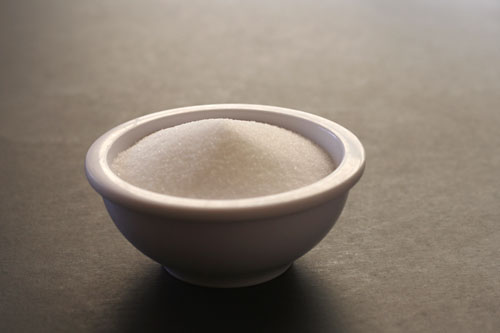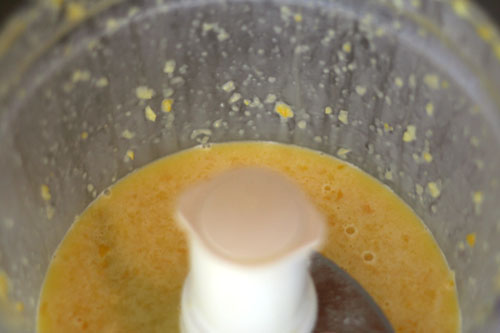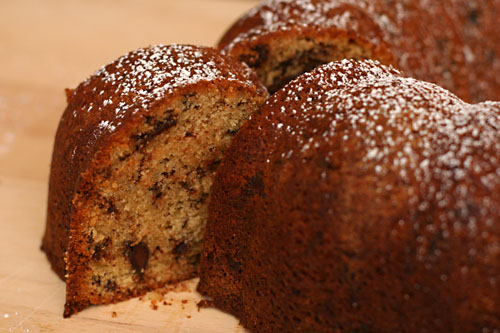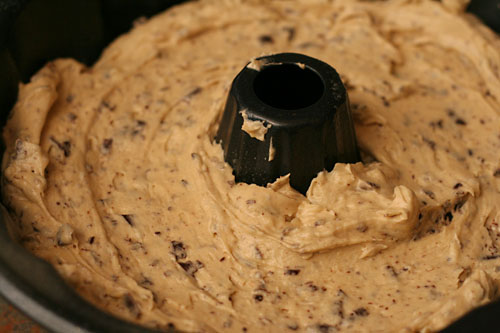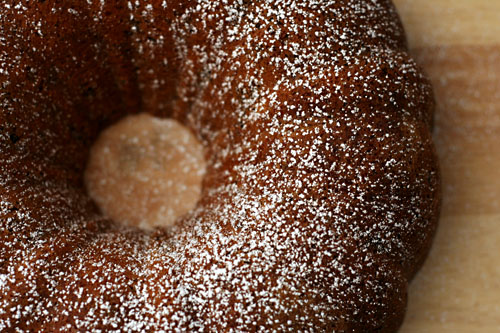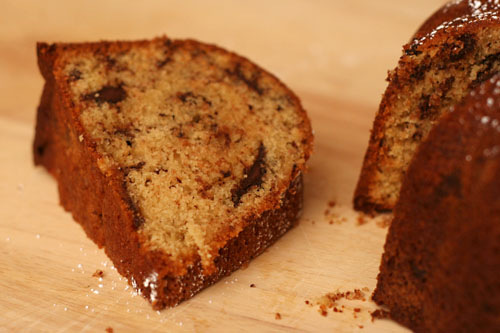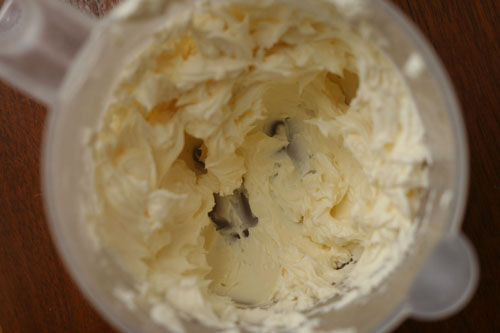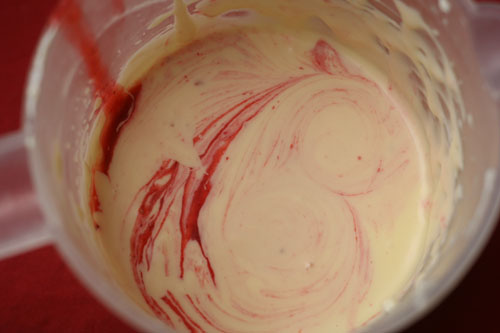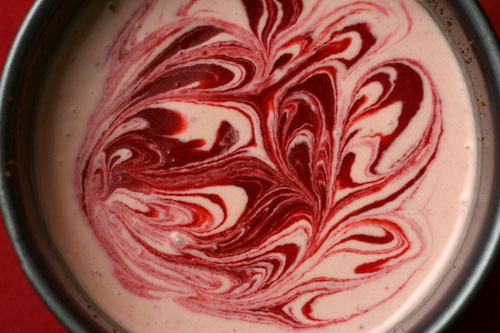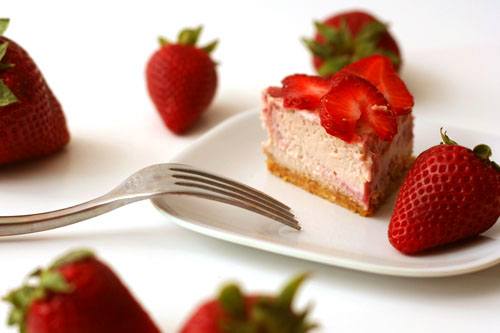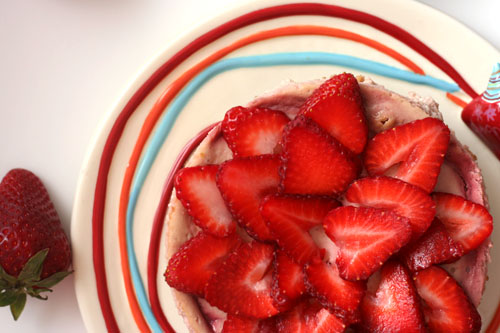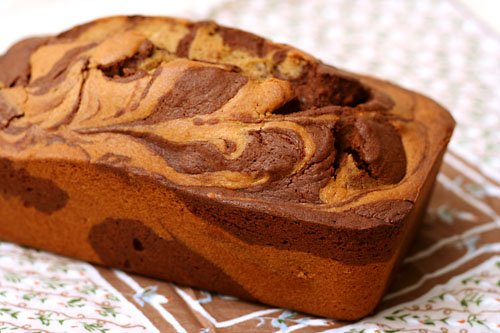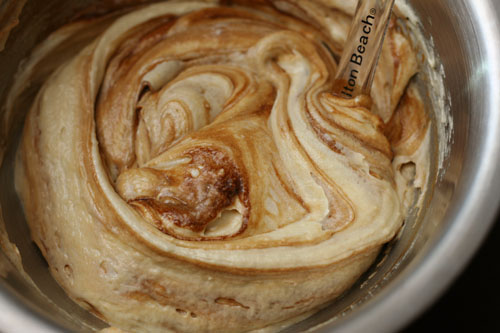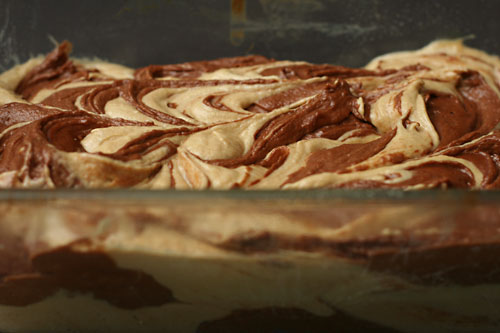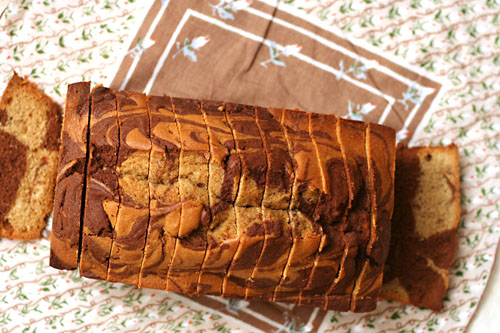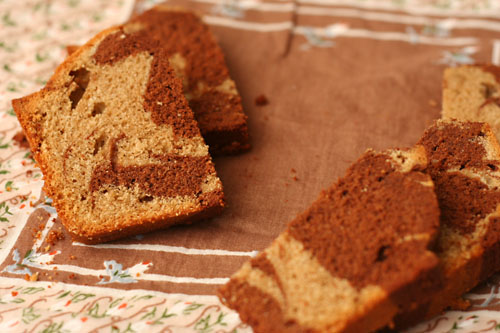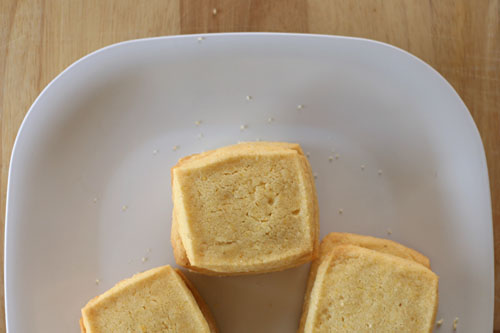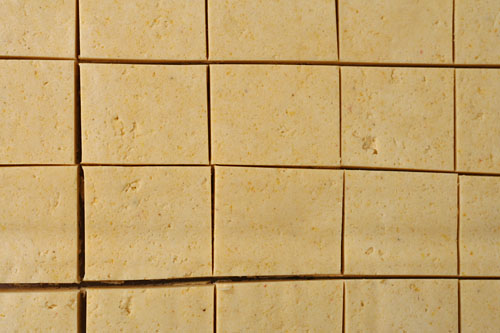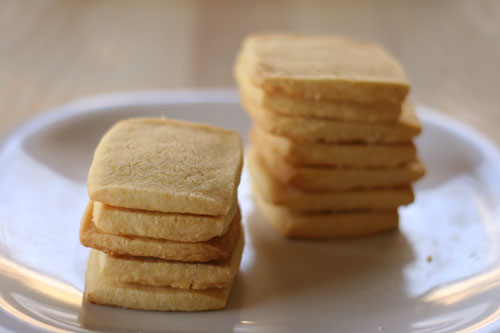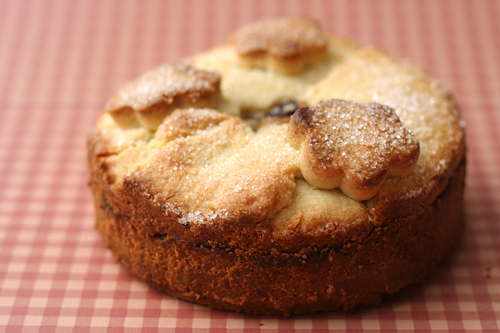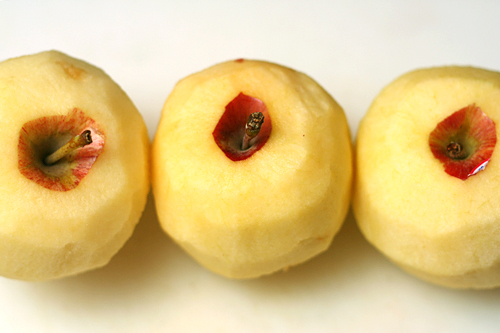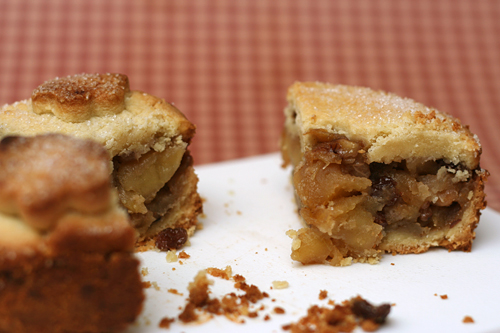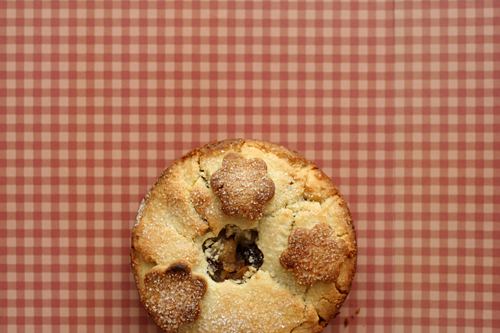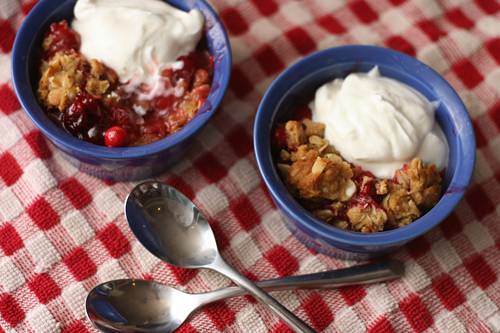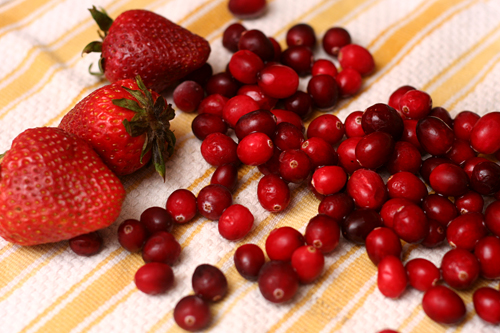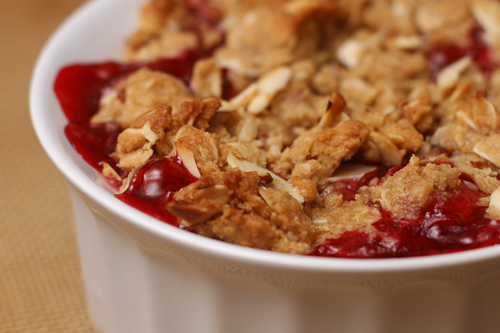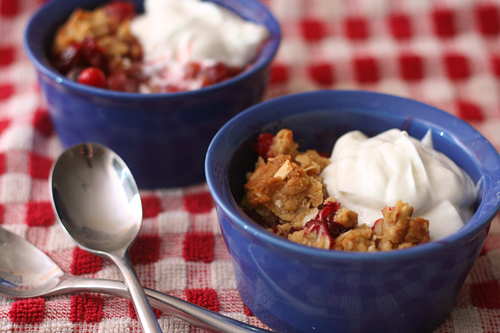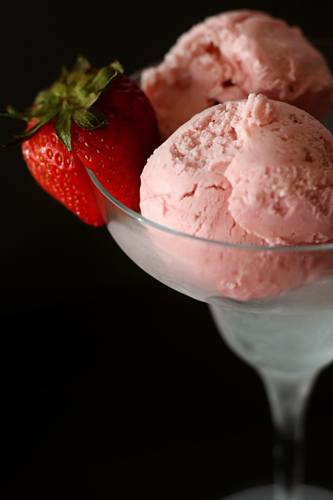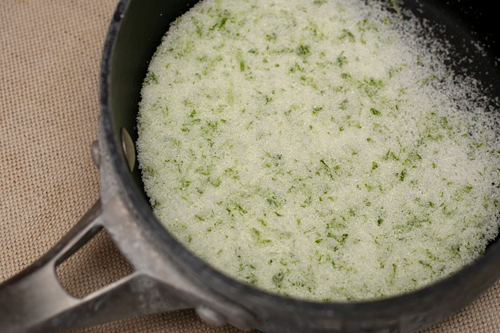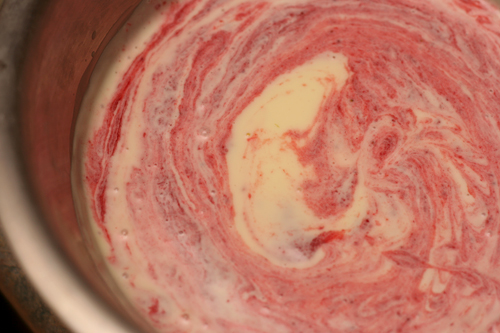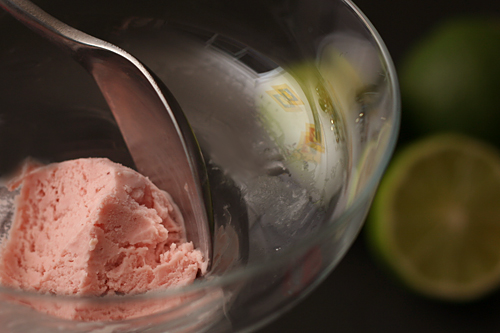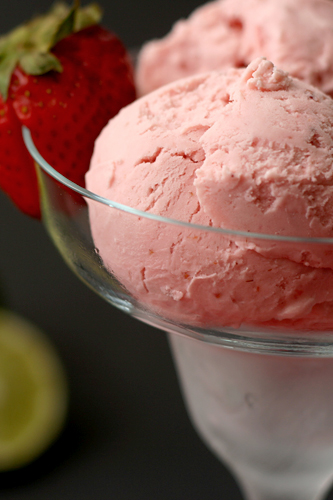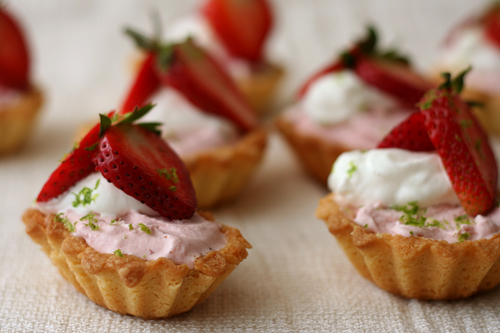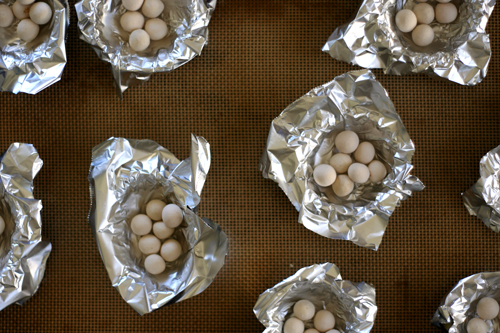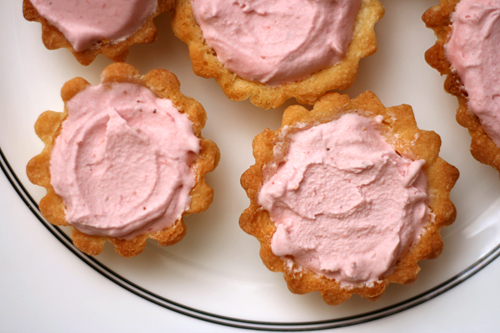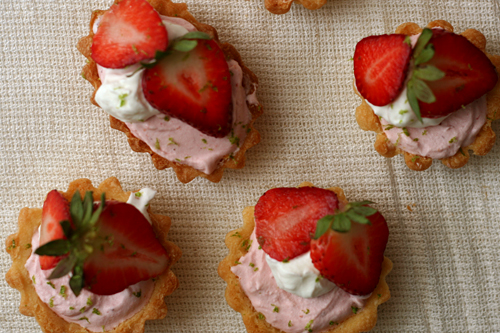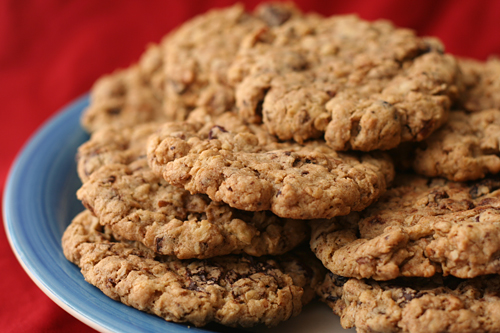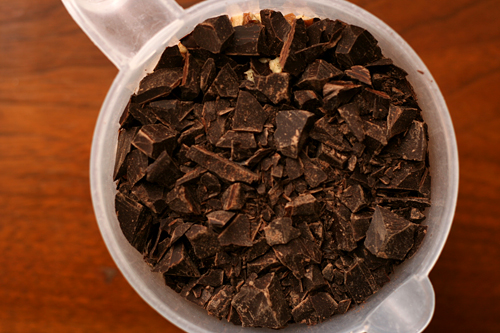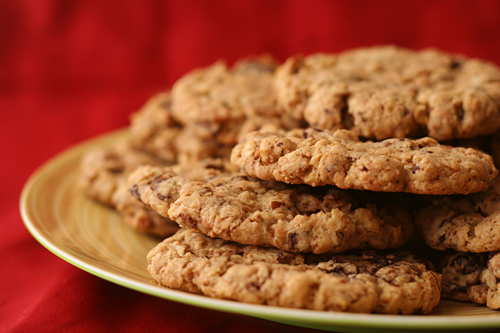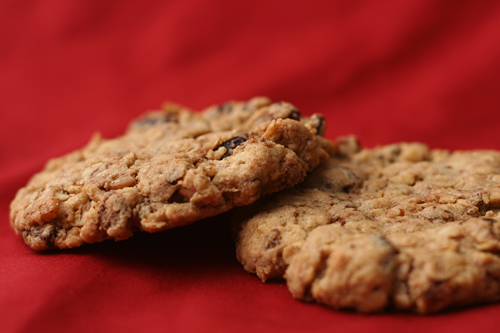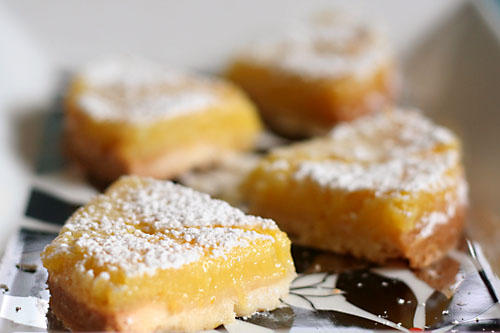 front to back: Cooks Illustrated, Lebovitz
front to back: Cooks Illustrated, Lebovitz
I don’t make lemon bars often, despite how much I love them. They feel so light and refreshing that I can’t convince my brain that these are, in fact, full of butter. So I end up eating a lot of them. But if I don’t get to make them often, when I do get a chance to, they need to be perfect. I need the best recipe. And how do I know which is best without a side-by-side comparison?
I started with Cooks Illustrated as a trustworthy source of straightforward results. I chose Tartine’s lemon bars on brown butter shortbread because it was one of the first recipes in the book that caught my eye and is typical of their talent for taking a classic recipe up a notch. I also made David Lebovitz’s lemon bar recipe, which uses the whole lemon, pith and all.
Cooks Illustrated: As promised, this is a typical lemon bar recipe with no tricks up its sleeve. The crust is a combination of flour, powdered sugar, cornstarch, salt, and butter, which is combined in the food processor, pressed into a pan, and chilled before baking. The topping is eggs, sugar, flour, milk, salt, and lemon zest and juice. The topping is poured onto the hot crust and baked until firm.
Tartine: The browned butter shortbread in this recipe’s title is a misnomer, as it turns out that the crust is mixed like any other lemon bar crust, with no browning of the butter beforehand. Instead, the crust just browned in the oven, making it more of a butter crust that is browned instead of a crust that includes browned butter. The filling is similar to Cooks Illustrated’s, except it contains no milk.
Lebovitz: David Lebovitz’s crust uses granulated instead of powdered sugar and melted butter instead of solid. Like the other recipes, this topping is based on sugar, eggs, and lemon, but instead of a small amount of flour, it incorporates cornstarch, as well as melted butter, which is not present in the other recipes. And most importantly, this recipe includes the entire lemon, pith in addition to juice and zest.
Comparing the lemon bars made me realize how important the crust is. I’d always focused on the filling before, wanting it as lemony and sour as I could stand, and I thought the crust was nothing more than a vehicle to hold up the filling. Now the crust seems like an important contrast to the tart filling. In fact, in many ways, the crust was the deciding factor in choosing preferences. The fillings were similar, but the crusts varied widely.
Cooks Illustrated: The all-important crust factor was the downfall of this recipe. The crust was dry and didn’t brown. I’m blaming this on the cornstarch. It’s probably important for structure, but it didn’t do the flavor any favors. The filling, on the other hand, was creamy and tart and wonderful. The top photo spotlights the CI bars in front, and you can clearly see their pale crust and luscious filling.
Tartine: This crust was substantial enough to hold up the filling and had just a bit of snap to it. It did, indeed, brown well, which gave it a nice flavor. The filling was lemony and smooth, although it cratered when it was removed from the oven, resulting in a sunken middle. I surprised myself by wanting a higher ratio of crust to filling.
Lebovitz: The granulated sugar lent this crust a great flavor, but it was crumbly and sometimes broke under the weight of the filling. The filling itself contained far too many chunks of lemon, although this might be a result of using a food processor instead of a blender to puree the lemon. The topping was pockmarked like the moon (scroll down to see a picture of the tops of the three recipes).
I enjoyed the lemon squares from all three recipes, but I believe the one perfect bar would be made from Tartine’s crust and Cooks Illustrated’s filling.

left to right: Lebovitz, Tartine, Cooks Illustrated
One year ago: Stuffed Butterflied Leg of Lamb
Two years ago: Fresh Strawberry Scones
Three years ago: Asparagus and Arugula Salad with Cannellini Beans and Balsamic Vinegar
Printer Friendly Recipe
Lemon Bars on Brown Butter Shortbread (from Tartine)
For the crust:
½ cup (2 ounces) confectioners’ sugar
1½ cups (7.5 ounces) all-purpose flour
12 tablespoons (1½ sticks) unsalted butter, at room temperature
½ cup (2 ounces) pine nuts (optional)
For the filling:
½ cup (2½ ounces) all-purpose flour
2¼ cups (16 ounces) sugar
1 cup plus 2 tablespoons lemon juice
lemon zest, grated from 1 small lemon
6 large whole eggs
1 large egg yolk
pinch salt
confectioners’ sugar for topping (optional)
1. Preheat the oven to 350 degrees and butter a 9-by-13-inch baking pan.
2. To make the crust: Sift the confectioners’ sugar into the bowl of a stand mixer fitted with the paddle attachment. Stir in the flour. Add the butter and pine nuts (if using) and beat on low speed just until a smooth dough forms.
3. Press the dough evenly into the pan and allow it to come up about a ½ inch up the sides of the pan. Line the crust with parchment paper and fill with pie weights. Bake the crust until it is a deep golden brown, about 25-35 minutes.
4. To make the filling: While the crust is baking, sift the flour into a mixing bowl and whisk in the sugar until blended. Add the lemon juice and zest and stir to dissolve the sugar. In a separate mixing bowl, whisk the whole eggs and egg yolk with the salt. Add the eggs to the lemon juice mixture and whisk until well mixed.
5. Once the crust is ready, pour the filling directly into the pan. Reduce the oven temperature to 300 degrees and bake just until the center of the custard is set, about 30 to 40 minutes.
6. Let cool completely on a wire rock, then cover and chill well before cutting. Cut into squares and dust the top with confectioners’ sugar, if desired. They will keep in an airtight container or well covered in the baking dish in the refrigerator for up to 4 days.
Printer Friendly Recipe
Perfect Lemon Bars (from Cooks Illustrated)
For the crust
1¾ cups (8.75 ounces) unbleached all-purpose flour
⅔ cup confectioners’ sugar, plus extra to decorate finished bars
¼ cup cornstarch
¾ teaspoon table salt
12 tablespoons unsalted butter (1 ½ sticks), at very cool room temperature, cut into 1-inch pieces
Lemon filling
4 large eggs, beaten lightly
1⅓ cups (9.33 ounces) granulated sugar
3 tablespoons unbleached all-purpose flour
2 teaspoons grated lemon zest from 2 large lemons
⅔ cup lemon juice from 3 to 4 large lemons, strained
⅓ cup whole milk
⅛ teaspoon table salt
1. For the crust: Adjust an oven rack to middle position and heat the oven to 350 degrees. Lightly oil a 13-by-9-inch baking dish and line with one sheet parchment or wax paper. Dot the paper with butter, then lay a second sheet crosswise over it.
2. Pulse the flour, confectioners’ sugar, cornstarch, and salt in the food processor workbowl fitted with the steel blade. Add the butter and process to blend, 8 to 10 seconds, then pulse until the mixture is pale yellow and resembles coarse meal, about three 1-second bursts. (To do this by hand, mix flour, confectioners’ sugar, cornstarch, and salt in medium bowl. Freeze the butter and grate it on the large holes of a box grater into the flour mixture. Toss the butter pieces to coat. Rub pieces between your fingers for a minute, until the flour turns pale yellow and coarse.) Sprinkle the mixture into the lined pan and press firmly with fingers into an even, ¼-inch layer over the entire pan bottom and about ½-inch up the sides. Refrigerate for 30 minutes, then bake until the crust is golden brown, about 20 minutes.
3. For the filling: Meanwhile, whisk the eggs, sugar, and flour in a medium bowl, then stir in the lemon zest, juice, milk, and salt to blend well.
4. To finish the bars: Reduce the oven temperature to 325 degrees. Stir the filling mixture to reblend; pour into the warm crust. Bake until the filling feels firm when touched lightly, about 20 minutes. Transfer the pan to a wire rack; cool to near room temperature, at least 30 minutes. Transfer to a cutting board, fold the paper down, and cut into serving-size bars, wiping knife or pizza cutter clean between cuts, as necessary. Sieve confectioners’ sugar over bars, if desired.
Printer Friendly Recipe
Whole Lemon Bars (reformatted slightly but not actually changed from David Lebovitz)
I needed 2 lemons to make 6 ounces of lemon. I trim off the knobby ends when making whole lemon desserts.
Crust:
1 cup (4.8 ounces) all-purpose flour
¼ cup (1.75 ounces) sugar
¼ teaspoon salt
8 tablespoons (1 stick) melted unsalted butter
½ teaspoon vanilla extract
Lemon topping:
1 lemon (about 6 ounces), organic or unsprayed
1 cup (7 ounces) sugar
3 tablespoons freshly squeezed lemon juice
3 large eggs, room temperature
4 teaspoons cornstarch
¼ teaspoon salt
3 tablespoons melted unsalted butter
Optional: powdered sugar, for serving
1. Preheat the oven to 350ºF (180ºC). Line an 8-inch square with foil.
2. For the crust: In a medium bowl, mix the flour, sugar, salt, melted butter, and vanilla, stirring just until smooth. Press the batter into the bottom of the pan, using your hands or a small offset spatula to get it as level as possible. Bake the crust for 25 minutes, or until it’s deep-golden brown.
3. For the topping: While the crust is cooking, cut the lemon in half, remove the seeds, and cut it into chunks. Put the chunks of lemon in a food processor or blender along with the sugar and lemon juice, and let it run until the lemon is completely broken up. Add the eggs, cornstarch, melted butter, and blend until almost smooth. (A few tiny bits of lemon pieces are normal and encouraged.)
4. When the crust comes out of the oven, reduce the oven temperature to 300ºF (150ºC). Pour the lemon filling over the hot crust and bake for 25 minutes or just until the filling stops jiggling and is barely set.
5. Remove from the oven and let cool completely. Once cool, carefully lift out the bars grasping the foil. Cut the bars into squares or rectangles. Sift powdered sugar over the top just before serving, if desired.
Storage: The bars will keep in an airtight container at room temperature up to three days. You can freeze the lemon bars as well for up to one month, letting them come to room temperature before serving.

